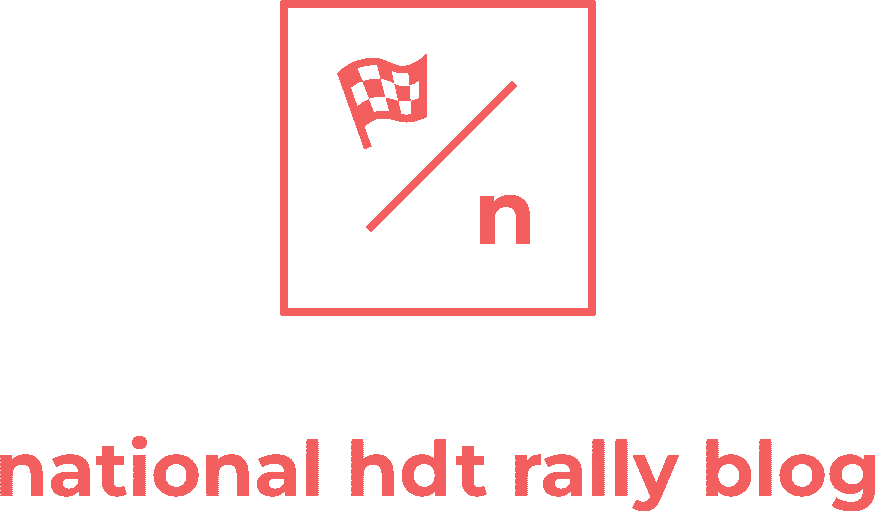Decentralized apps, or dApps, are a groundbreaking development in the world of technology and finance. They are built on blockchain technology, which is a revolutionary way of structuring data and transactions in a secure and transparent manner. If you are just learning about blockchain-based apps for the first time, here is a basic guide to understanding what dApps are and how they work.
What are dApps?
Decentralized apps are applications that run on a decentralized network, rather than being controlled by a single entity or server. This means that the data and information in the app are stored on a network of computers, rather than on a single server. This makes dApps more secure, as there is no central point of failure that can be attacked or hacked.
One of the key features of dApps is that they are often built on blockchain technology. Blockchain is a distributed ledger that records transactions in a secure and transparent way. Each block in the chain contains a timestamp and a link to the previous block, creating a chronological record of all the transactions that have taken place on the network.
How do dApps work?
Because dApps run on a decentralized network, they are not controlled by a single entity. This means that anyone can access and use the app, without needing permission from a central authority. In addition, dApps are often open source, meaning that the code is freely available for anyone to inspect and contribute to.
One of the key benefits of dApps is that they are often more secure and transparent than traditional apps. Because the data is stored on a decentralized network, it is much more difficult for hackers to tamper with or steal the information. Additionally, because the blockchain records all transactions in a transparent way, users can easily verify that the data has not been manipulated.
Examples of dApps
There are a wide variety of dApps in existence, covering everything from finance to gaming to social media. Some popular examples of dApps include:
– Augur: a prediction market platform where users can bet on the outcome of future events
– CryptoKitties: a virtual cat breeding and trading game built on the Ethereum blockchain
– Steemit: a social media platform that rewards users with cryptocurrency for creating and curating content
These are just a few examples of the many dApps that are currently available. As the technology continues to evolve, we can expect to see even more innovative and useful decentralized applications being developed.
In conclusion, decentralized apps are a revolutionary development in the world of technology and finance. Built on blockchain technology, dApps offer a secure, transparent, and decentralized way of accessing and interacting with data and information. If you are interested in learning more about dApps, there are many resources available online where you can explore this exciting new technology further.



